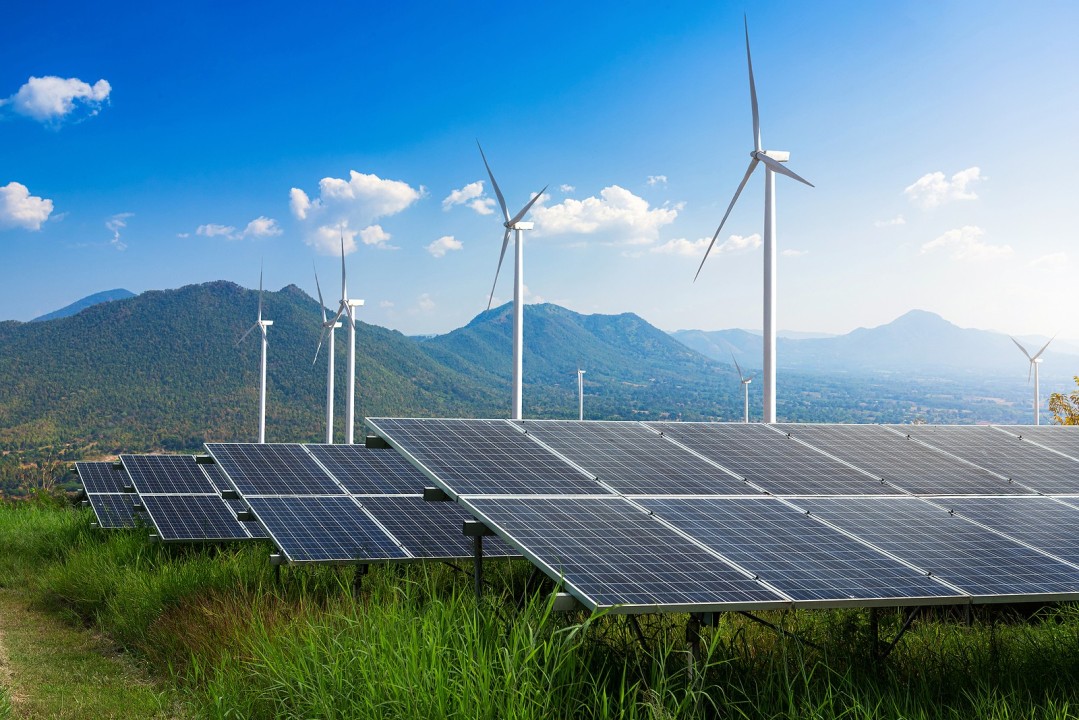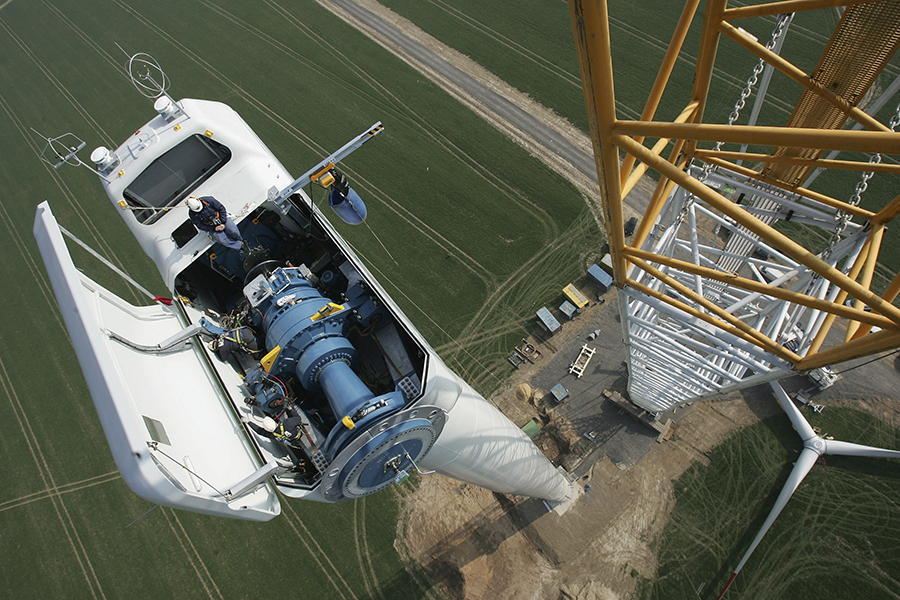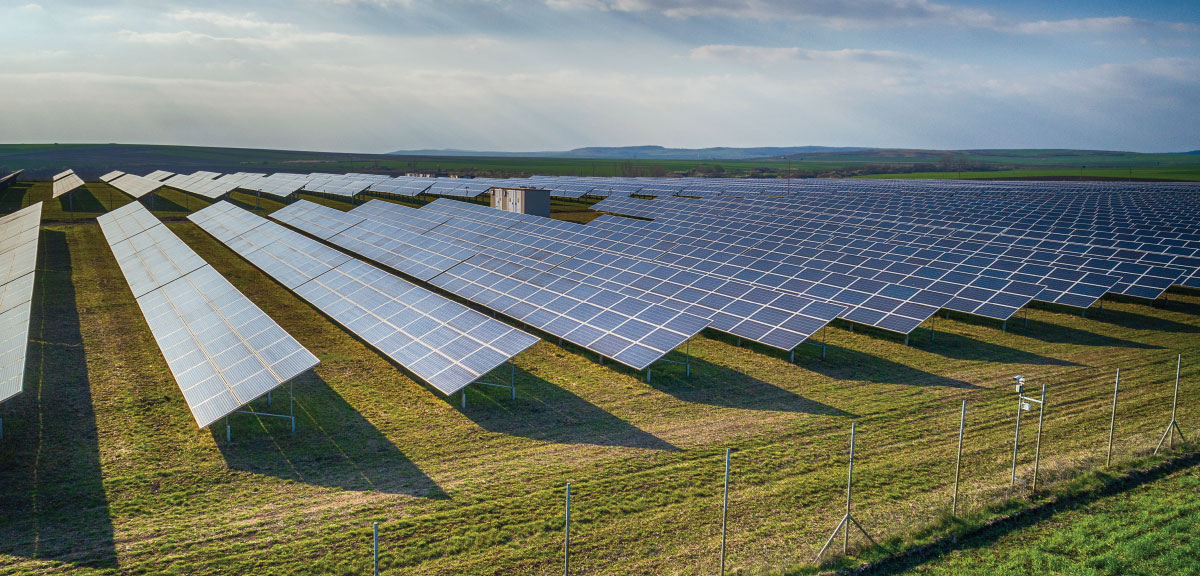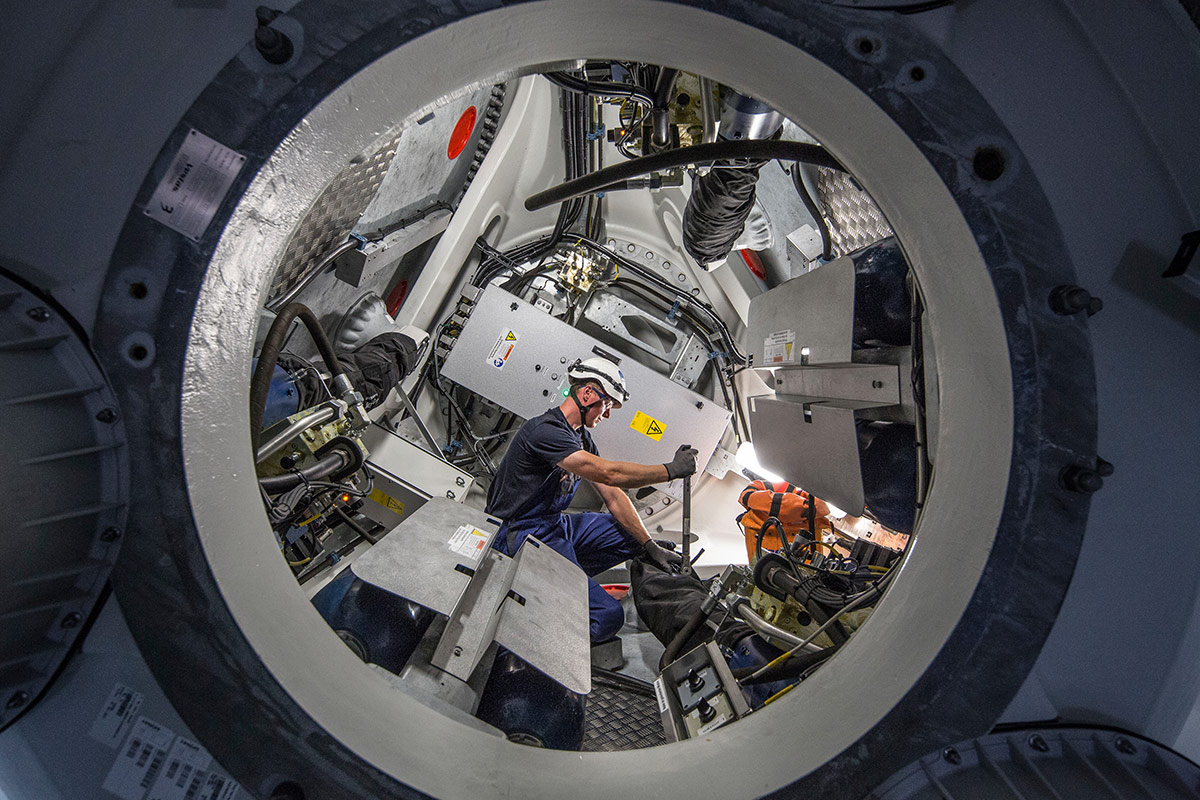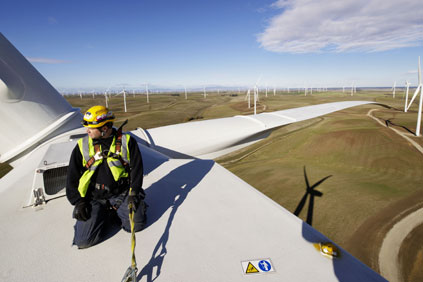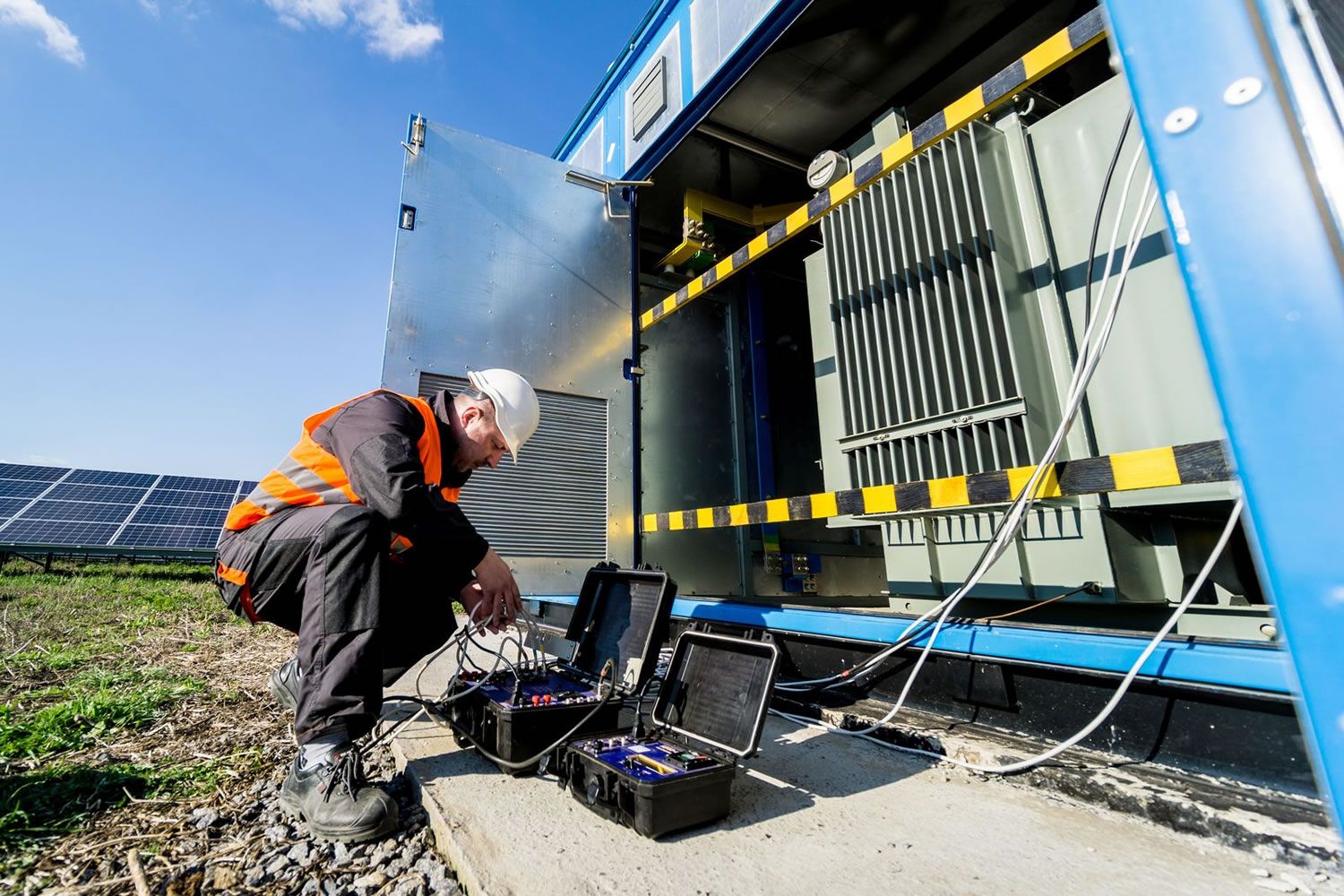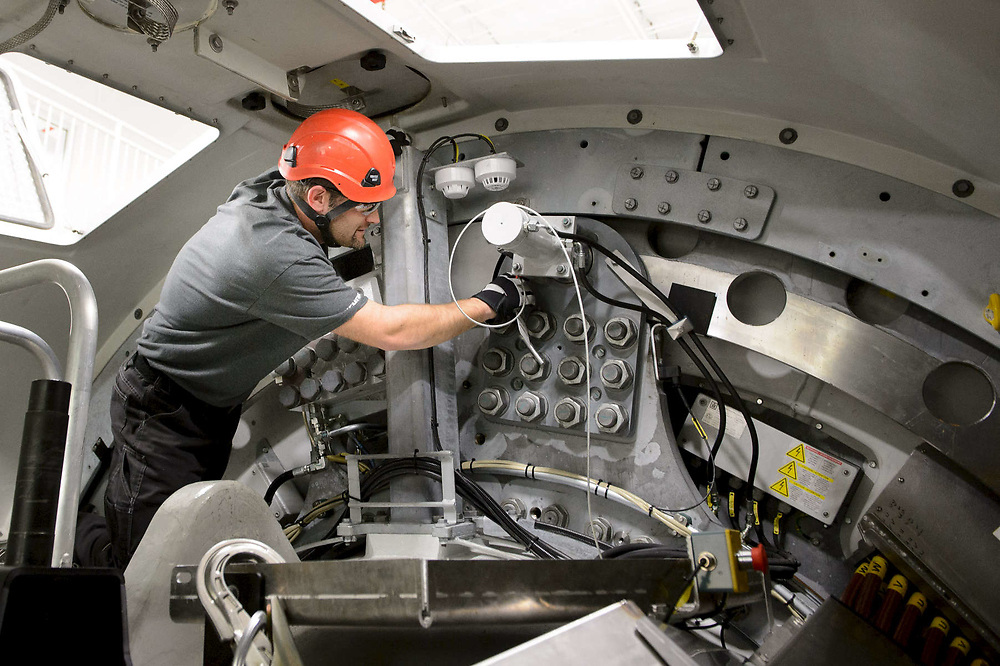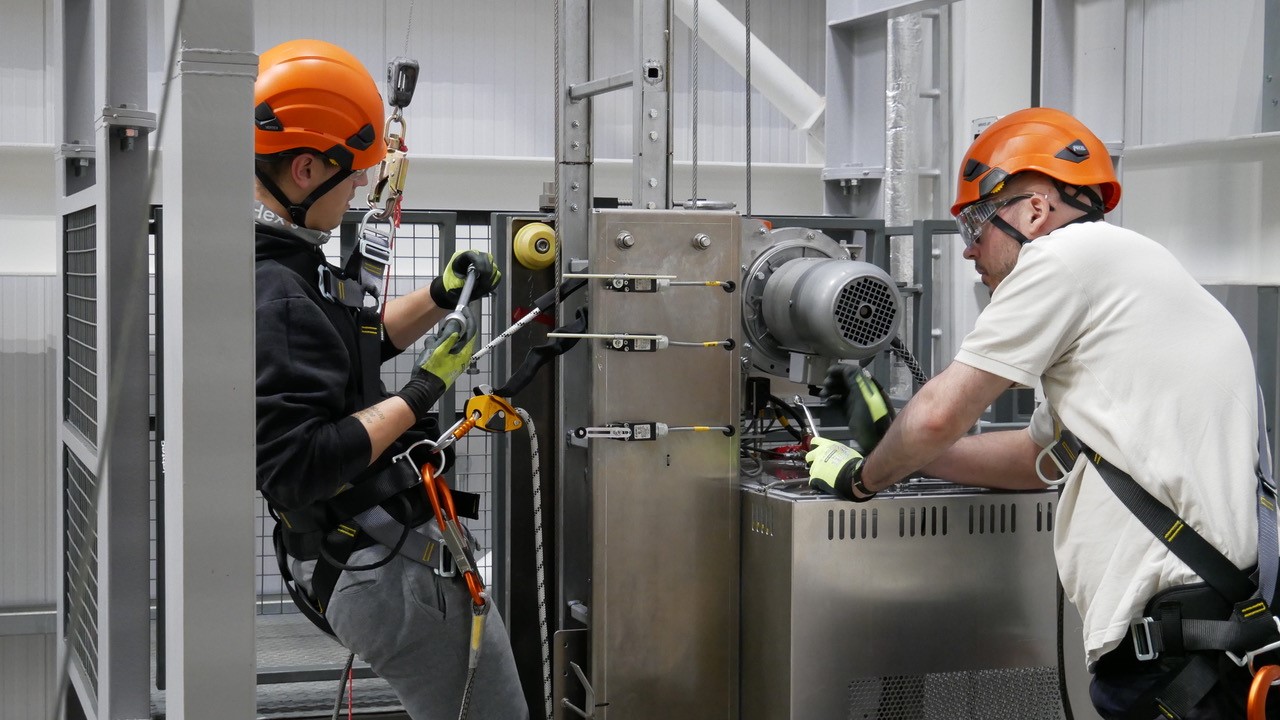The renewable energy sector is experiencing unprecedented growth, with wind and solar power leading the charge toward a sustainable future. As the demand for clean energy increases, so does the need for skilled technicians capable of installing, maintaining, and repairing wind turbines and solar energy systems. While these two fields have distinct technologies, there is significant overlap in the roles, responsibilities, and between solar training and wind training for field technicians. technicians.
Roles and Responsibilities: Wind Technicians vs. Solar Field Technicians
Both wind technicians and solar field technicians are critical to the efficient operation of renewable energy systems. Their responsibilities often align in key areas such as safety compliance, troubleshooting electrical and mechanical components, and working in extreme environmental conditions.
Wind Technicians: Primarily responsible for installing, maintaining, and repairing wind turbines. Their work involves climbing turbine towers, performing inspections, troubleshooting electrical systems, and ensuring turbines operate at peak efficiency.
Solar Field Technicians: Focus on the installation, maintenance, and repair of solar panels and photovoltaic (PV) systems. They work on rooftops or utility scale solar farms, handling electrical connections, ensuring proper panel alignment, and diagnosing system malfunctions.
Despite their differences, both roles demand strong electrical, mechanical, and safety knowledge, as well as adaptability to changing weather conditions and high-risk environments.
Overlapping Training Requirements
The shared skillset between wind and solar technicians means that many training requirements overlap. This allows for greater career flexibility, enabling professionals trained in one field to transition into the other with minimal additional education.
1. Electrical and Mechanical Training
Both wind and solar technicians require a solid foundation in electrical systems, as they work with power generation, transmission, and storage systems. STL USA provides industry-leading GWO Basic Technical Training (BTT), covering:
Electrical components and troubleshooting
Mechanical principles relevant to renewable energy systems
Hydraulic systems essential to both wind turbines and solar tracking technology
2. Working at Heights and Fall Protection
Wind turbine technicians regularly work at extreme heights, often exceeding 250 feet. While solar technicians may not climb turbines, rooftop installations and large-scale solar arrays still present fall hazards. STL USA delivers GWO Basic Safety Training (BST), ensuring technicians are fully prepared to work at heights safely, including:
Fall arrest and protection systems
Rescue and evacuation procedures
Proper use of personal protective equipment (PPE)
3. Control of Hazardous Energies
Both wind and solar technicians must understand how to control hazardous energies to prevent electrical shocks, mechanical failures, and unexpected equipment start-ups. STL USA offers GWO Control of Hazardous Energies (CoHE) training, equipping technicians with:
Lockout/tagout (LOTO) procedures
Electrical safety best practices
Pressure fluid control techniques
4. First Aid and Emergency Response
Given the high-risk nature of their work, wind and solar technicians must be proficient in emergency response and first aid. STL USA’s GWO Enhanced First Aid (EFA) training ensures technicians can:
Respond to injuries in remote locations
Perform CPR and use automated external defibrillators (AEDs)
Manage emergency scenarios unique to renewable energy sites
Why STL USA is the Best Training Provider for the Clean Energy Workforce
STL USA stands out as the premier training provider for wind and solar energy technicians due to its commitment to excellence, industry compliance, and hands-on training. Here’s why they lead the sector:
1. Comprehensive, Industry-Recognized Training
STL USA delivers a full suite of GWO-certified courses, ensuring technicians meet and exceed industry standards. Whether transitioning from solar to wind energy or vice versa, their curriculum supports skill development across both industries.
2. Onsite Training for Maximum Relevance
One of the key differentiators of STL USA is its ability to deliver onsite training directly at client locations. Rather than relying solely on traditional classroom instruction, STL USA brings state-of-the-art mobile training facilities to real-world environments, allowing technicians to train in the exact settings they’ll work in.
3. Tailored Programs for Workforce Development
STL USA goes beyond standard training to offer customized programs that meet the specific needs of each organization. By assessing a company’s workforce requirements, they develop bespoke training solutions that maximize efficiency and safety while minimizing downtime.
4. Commitment to Upskilling and Career Progression
For clean energy to continue expanding, technicians must evolve alongside the industry. STL USA supports long-term competency building, offering courses that take technicians from entry-level training to advanced technical expertise. By fostering upskilling and career development, they ensure a robust and knowledgeable workforce ready to meet the challenges of the renewable energy sector.
5. Cost-Effective and Time-Efficient Solutions
Through onsite training and blended learning approaches, STL USA minimizes technician downtime, reduces travel costs, and provides hands-on experience in real-world environments. Their approach is unparalleled in terms of cost-effectiveness and training efficiency.
Conclusion: A Unified Approach to Renewable Energy Workforce Training
As the wind and solar industries continue to expand, the need for highly skilled, cross-trained technicians has never been greater. The overlap in responsibilities between wind and solar technicians means that a strong, standardized training program is essential for workforce development.
STL USA is uniquely positioned to support this transition, offering comprehensive, GWO-certified training that enhances technician competency, improves safety, and fosters long-term career growth. By prioritizing customized, onsite, and hands-on training solutions, they remain at the forefront of renewable energy education, ensuring that technicians are not just job-ready—but future-ready.
For companies looking to build a versatile, safety-conscious workforce, STL USA is the clear choice. Invest in training today for a stronger, more skilled renewable energy sector tomorrow.
Want to learn more about our solar training programs?
Click the button and get in touch

